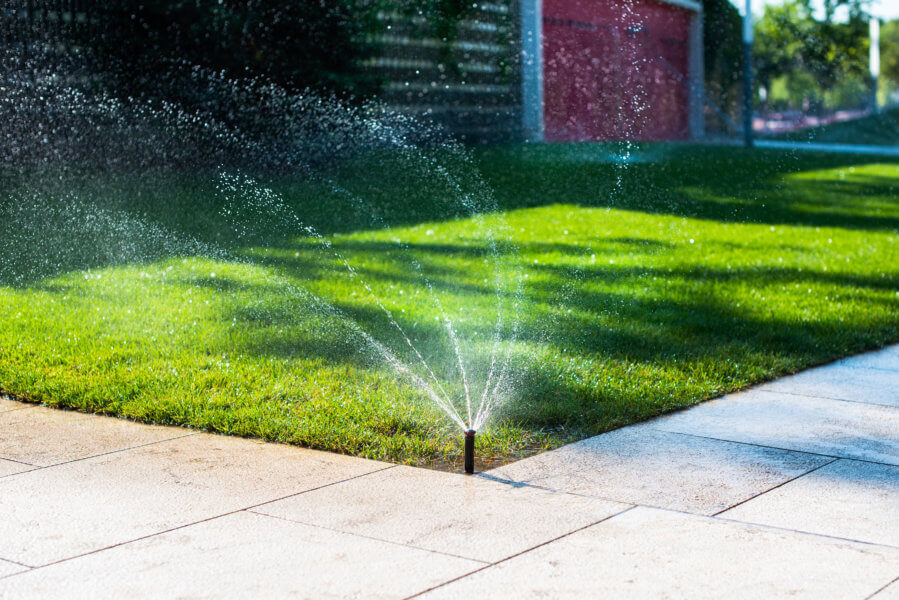
How to Calibrate Your Home Sprinkler System
Using an automated sprinkler system is a great way to simplify your lawn care tasks, as it enables you to ensure your lawn is getting the irrigation it needs, worry-free. Of course, in order for your sprinklers to have the best possible effect, they need to be properly calibrated. Our handy how-to guide will help you do just that.
Read on to learn why sprinkler calibration is so important and how to care for it correctly.
Why Calibrate Your Sprinklers
While it is true that some grass types are more flexible than others in terms of the amount of water they need, most grasses will have a recommended watering depth per session and per week to help keep your lawn healthy and robust. Both overwatering and not watering enough can wreak havoc on your lawn, leaving it with bare or soggy patches. This impacts the overall appearance of your lawn; the stress can also leave it prone to pest activity and lawn disease.
Test Your System’s Current Output
Before you can calibrate your sprinkler system, you need to know how it is currently functioning. The easiest way to do this is with what is known as the can test. Collect several cans or jars. Any flat-bottomed, straight-sided containers will do. Scatter them around your lawn at varying distances from your sprinkler heads, and run your system for 15 minutes. At the end of the cycle, measure the amount of water that has accumulated in each container, noting the location as well. This will give you a sense of how much water each area of your lawn receives.
Determine the Appropriate Watering Duration
Check the watering recommendations for your specific grass type to determine how long to run your sprinklers. For example, if your cans collected about a quarter inch of water during the 15-minute test and your lawn requires half an inch per session, you would need to run your sprinklers for 30 minutes to provide adequate irrigation. Adjust your system settings to accommodate your lawn’s needs. Whenever possible, divide your lawn into sprinkler zones, as each area may have differing requirements based on a variety of factors, discussed in the next section.
Considerations That May Require Adjustments to Your Sprinkler Settings
If your lawn is flat and doesn’t receive any shade, you can likely run all of your sprinklers for the same amount of time, as your grass is relatively uniform. However, this is not the case for many Florida lawns. For example, if your lawn features any hills, some portions may receive more water than others due to the slopes, so you may need to program your sprinklers in zones to ensure even water distribution.
Shade is an important factor as well. Shaded areas won’t dry out as quickly as areas that get full sun, so they can be prone to overwatering if all your sprinklers have the same settings. On the other hand, areas in full sun may require a bit more water at each session to account for more rapid evaporation.
Add Rain Sensors
We get quite a bit of rain here in Florida, and that can impact your lawn’s irrigation needs as well. State law requires all new sprinkler systems to have rain sensors. But if your home is equipped with an older system, it may not have this feature. Fortunately, it is simple to add. This can make a big difference in both your water bills and the health of your lawn. A rain sensor can detect when your lawn has already received water from rainfall, delaying the next sprinkler session. In addition to trimming your water bills and reducing the risk of overwatering, this also helps to prevent water waste, making it an environmentally conscious decision as well.
Start a New Lawn with Fresh Sod
If past over or under watering has left your lawn looking less than stellar, Duda Sod is here to help. Then, by following the irrigation system tips here, you’ll be set to keep your new lawn healthy. Reach out to our team today to get started.